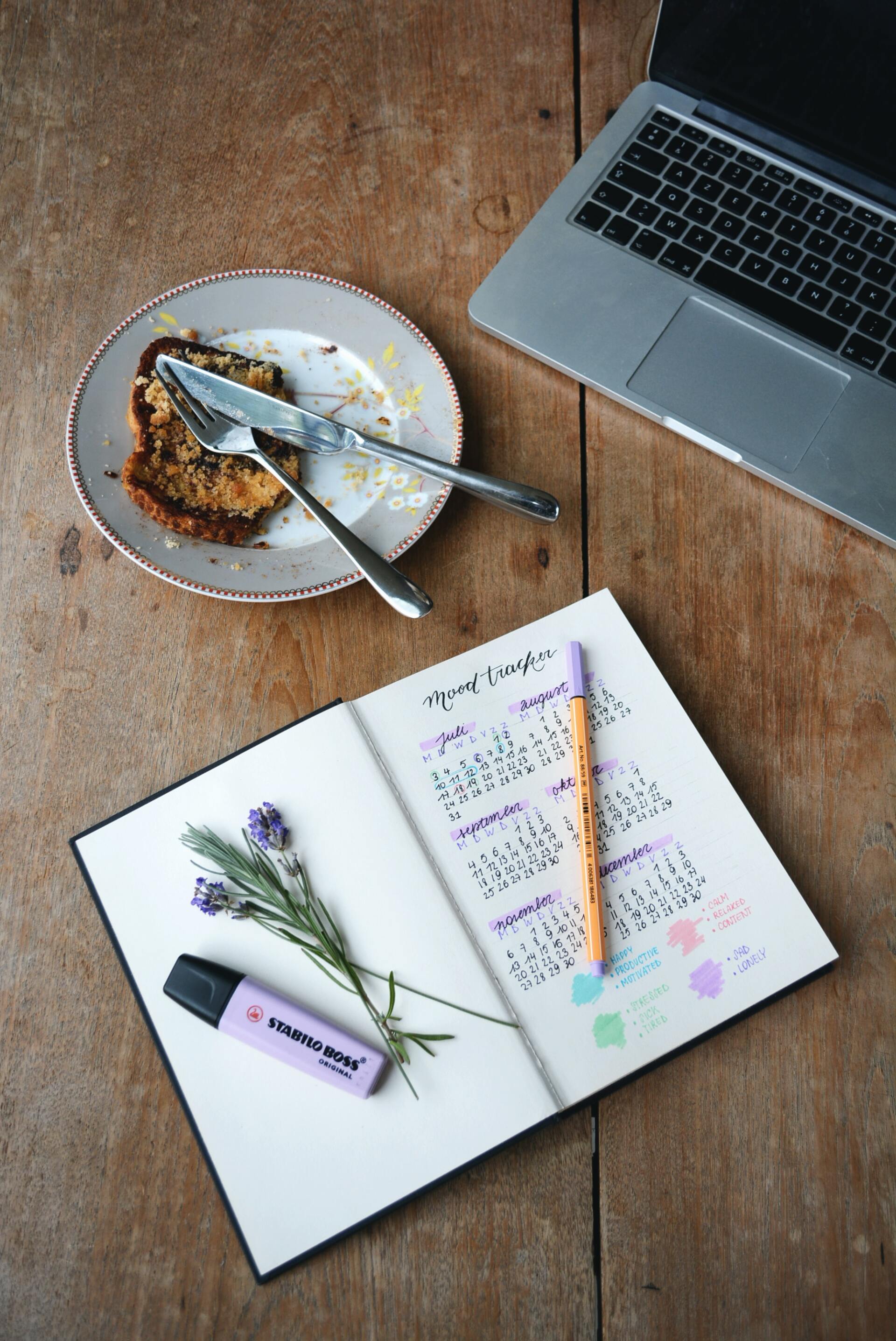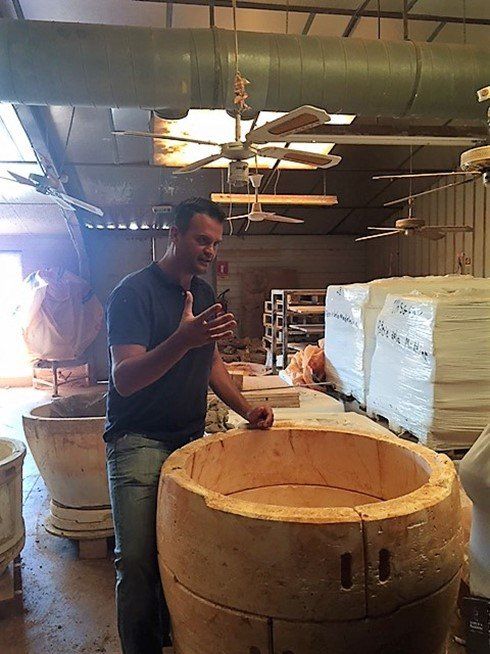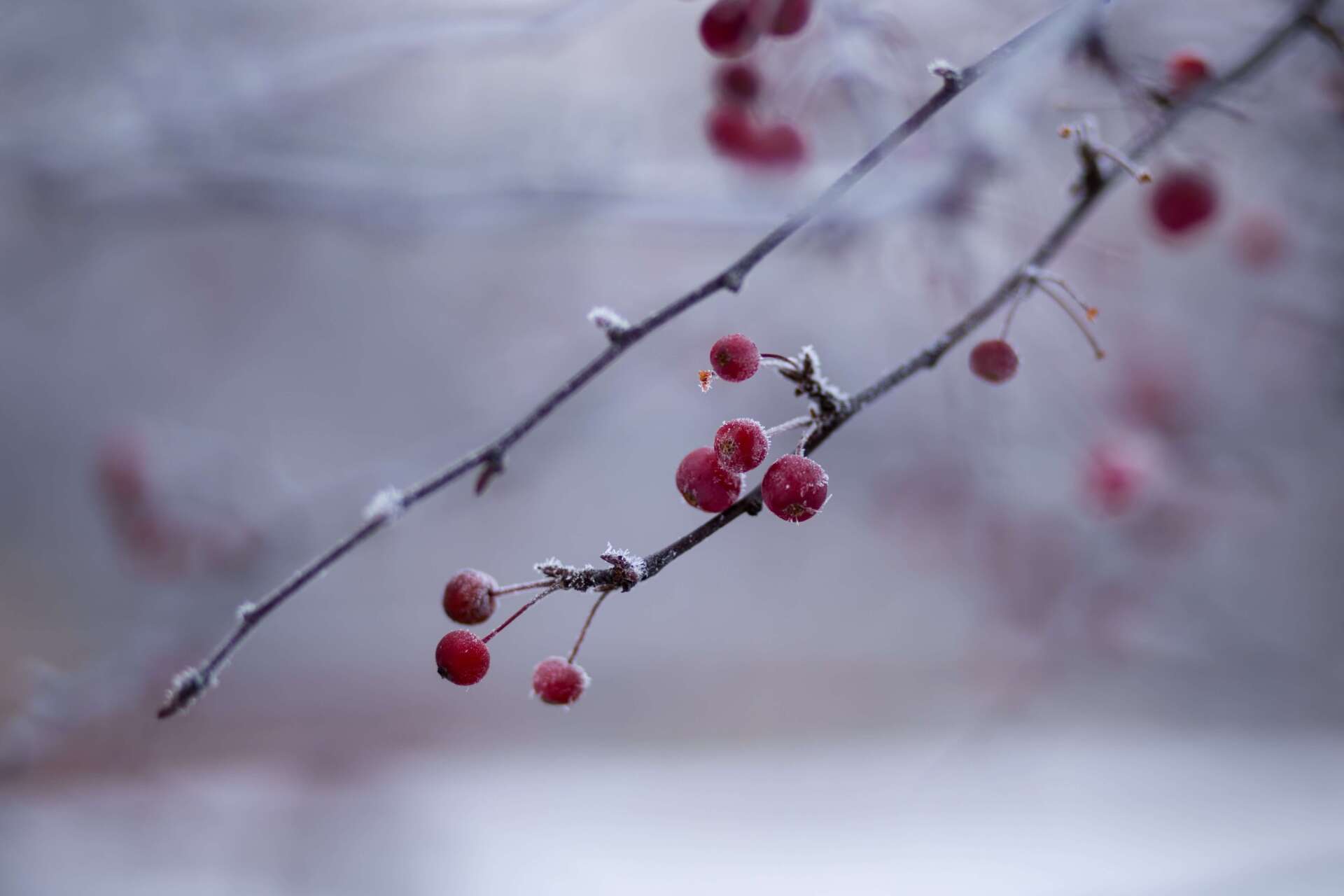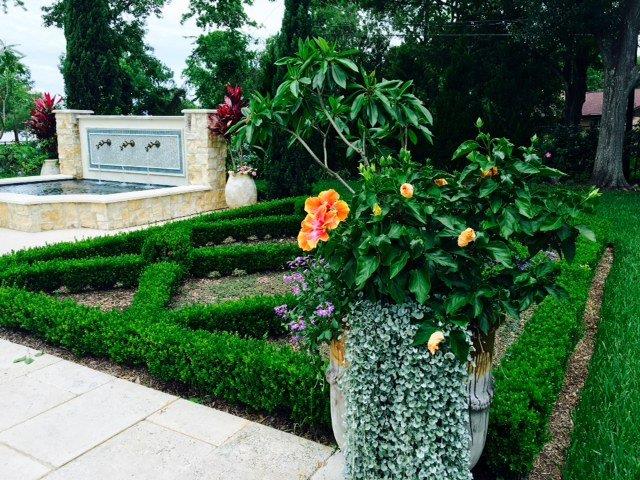Some loves are everlasting– for me this love has always been the French Anduze and Biot planters! As a little girl, I remember playing in my grandmother’s courtyard and admiring a pair of beautiful Anduze Urns and several large Biot jars. I dreamed of one day having a courtyard just like this. A large fountain in the center, with beautiful pots filled with citrus and flowers decorating the space. Little did I know that my admiration for these pots would remain, as they are still my favorite urns!
Above: Anduze urns in the original green and flamme glaze
Legend says that the first Anduze pot was crafted by a potter named Cevenol after a trip to the pottery fair, where he came across the similar Italian Medici pot and was inspired to create his own version around 1610. The oldest surviving Anduze vase today was made by Jean Gautier circa 1782. He is credited with being the first potter to introduce these ornamental pots to a wider clientele around Europe. Anduze pots originally were crafted only for aristocrats. They were to be used as ornamentation to adorn their palaces and homes. Typically these were planted with citrus trees. The Biot pots were used as vessels to store grain and olives and utilized more by the Provencal people. I love both and believe that every home or patio is not complete without a pair!
Above: the Biot pots
Yesterday, I was fortunate enough to visit one of my favorite bespoke workshops Poterie de la Madeleine in Anduze. Here, under the direction of Vincent and Guillaume Bimar, the artisans skillfully mold the clay as their ancestors did to produce these urns in the same traditional way of Jean Gautier. First the clay is molded to produce the body of the pots.
Above: raw clay
Above: Guillaume explaining the process
Above: the body of the pot is being created
A wavy garland is placed about two thirds up from the base and circles the body of the planter. The authentic ancient coat of arms is then placed to link the garlands together.
After the clay has rested, it receives a dose of white base coat and the pot rests for yet another month.
Above: pots resting for a month with white base coat
Once the base coat sets, the glazing or patina is hand applied and the pot is fired in ovens that reach over 1100 degrees.
Above: Anduze urns glazed ready for the oven
Above: one of the ovens
This process takes from start to finish about 2 months. As I walked around the workshop, I could see the pride on each of the artisans faces and how seriously they take this role. They are not only producing pots for the gardens of today – but they are also keeping a wonderful tradition alive. In a world where everything is mass produced and copied, this tradition remains authentic and the superior quality is clear!
Above Anduze urns in patine tourquoise
Above: Coupe Anduze
Above: Anduze in the traditional green and flamme, along with Oil Jars in flamme
Above: a variation of the traditional Anduze with Angelot in green
Above: Anduze pots in Flamme vieille and a variation the Strisse (striped) and Tulip Anduze
Above: the Bac a Orangers in patine emeraude
Above: Anduze in jaune (yellow )
Above: the versatile Oil Jars in Blue Lavande
Above: Four Tulipe Patine Blue Jean Anduze I used in a clients garden.
Above: Tulipe Turquoise Anduze featured in my vegetable garden
Above: Flamme Anduze in my garden
Poterie de la Madeleine has come to master the art of hand throwing, modeling and stamping the clay drawing their inspiration from the past, and for this I am a massive fan! Visit our garden center at Bay Area Design & Landscape and choose a pair today. These should be considered as family heirlooms and passed down to our future generations.
Au Revoir from France!
Mardel











































